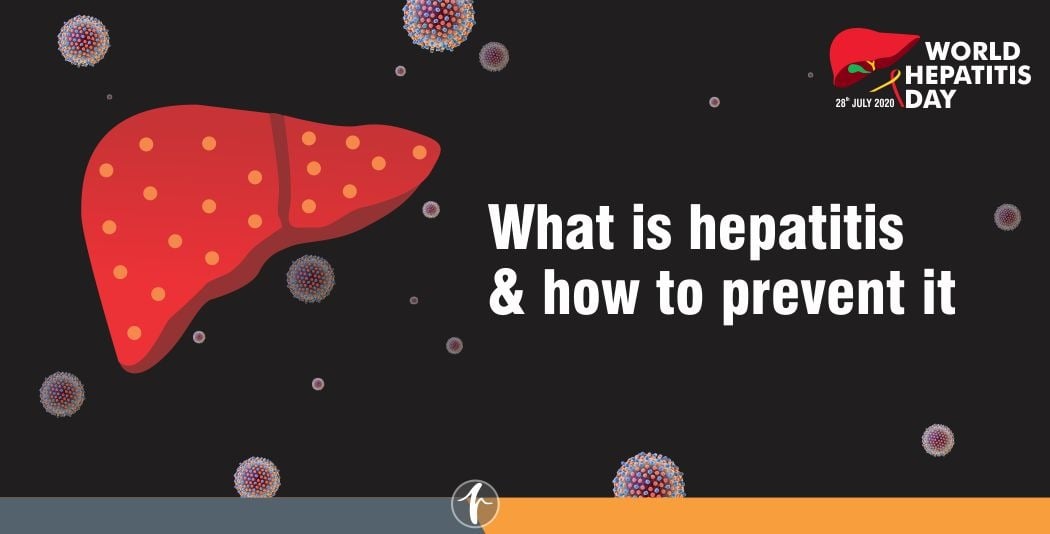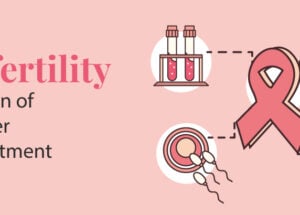Glioblastoma: Early Detection, Causes, and Survival Rates
March 29, 2025

Glioblastoma or Glioblastoma Multiforme (GBM), a Grade IV Astrocytoma, is a fast-growing and aggressive type of brain cancer. It originates in astrocytes, the cells responsible for supporting and safeguarding nerve cells in the brain. GBM tumours grow quickly, spreading into nearby healthy brain tissue and making them difficult to remove completely.
Key Facts
- It is the most common malignant (cancerous) brain tumour in adults.
- It grows rapidly and can invade surrounding brain areas.
- It usually does not spread to other parts of the body.
- While there is no cure, treatments can help slow its progression and alleviate symptoms.
Causes
Glioblastoma (GBM) develops due to genetic mutations that cause uncontrolled cell growth in the brain, particularly in astrocytes, which support nerve cells. Although the precise cause is unknown, risk factors include being over 50, prior radiation exposure, a compromised immune system, and rare genetic disorders. The majority of cases develop sporadically and are not passed down through families. Some environmental exposures, such as pesticides and electromagnetic fields, are being studied, but no clear link has been established.
Unlike some cancers, glioblastoma cannot be prevented through lifestyle changes, as it is not linked to smoking, diet, or alcohol use. Since it grows aggressively and spreads quickly, early detection is crucial. Persistent headaches, seizures, and vision or speech issues should be promptly evaluated for early diagnosis and treatment, as this can aid in symptom management and enhance survival chances.
Symptoms
GBM can cause a variety of symptoms, depending on where it develops in the brain. These may include:
- Blurred or double vision
- Changes in touch sensation
- Memory loss
- Nausea and vomiting
- Personality changes or irritability.
- Persistent, worsening headaches
- Problems with balance, coordination, or movement
- Seizures
- Trouble speaking or understanding words
Risk Factors
Multiple factors can raise the risk of developing glioblastoma. Though the exact cause is uncertain, certain risk factors are known to increase the probability of developing this aggressive brain cancer.
- Age and Gender: Glioblastoma is more common in adults aged 45–70, with men being slightly more at risk.
- Radiation Exposure: Undergoing radiation therapy to the head raises the risk of developing glioblastoma.
- Genetic Disorders: Inherited conditions like Li-Fraumeni syndrome, Lynch syndrome, Neurofibromatosis, and Turcot syndrome raise the risk.
- Chemical Exposure: Prolonged contact with pesticides, petroleum, or synthetic rubber may increase susceptibility.
- Weakened Immune System: Immunocompromised individuals face a higher risk.
Even without these factors, glioblastoma can still occur.
How Is Glioblastoma Detected?
Detecting glioblastoma (GBM) early is crucial for managing symptoms and improving treatment outcomes. Since GBM grows quickly and spreads into nearby brain tissue, early detection allows doctors to take action before the tumour becomes too large or causes severe complications.
Steps to Diagnose the Disorder
- Medical History and Physical Exam
- A doctor will ask about symptoms like headaches, vision changes, speech difficulties, and seizures.
- A neurological exam checks reflexes, balance, coordination, and memory.
- Imaging Tests
- MRI (Magnetic Resonance Imaging) – The most effective way to detect glioblastoma. It captures detailed brain images, revealing the tumour’s size and location.
- CT Scan (Computed Tomography) – Used if MRI is unavailable. It helps detect brain tumors but is less detailed than an MRI.
- Biopsy (Tissue Sampling)
- If a tumour is found, doctors may perform a biopsy test, removing a small piece of tissue for testing.
- This confirms whether the tumour is cancerous and helps guide treatment.
- Molecular and Genetic Testing
- Doctors analyze the tumor’s DNA to look for specific mutations.
- This helps determine the best treatment options, including targeted therapies.
Why Is Early Detection Important?
Glioblastoma is aggressive and spreads quickly. Detecting it early can:
- Allow for More Treatment Options – Surgery is most effective when the tumour is smaller and has not spread extensively.
- Improve Symptom Management – Early treatment can help control headaches, seizures, and movement problems before they worsen.
- Extend Life Expectancy – While there is no cure, starting treatment early can slow tumour growth and improve survival time.
- Enhance Quality of Life – Early interventions help maintain brain function, reducing the impact on daily activities.
Since glioblastoma symptoms can be mistaken for other conditions, it’s essential to seek medical attention if persistent headaches, vision problems, or seizures occur. Timely diagnosis and treatment are crucial for successfully managing this challenging disease.
Treatment
Treating glioblastoma (GBM) involves a combination of surgery, radiation, chemotherapy, and advanced therapies to manage symptoms and extend survival.
Surgery
- The first line of treatment is surgery to remove as much of the tumor as possible.
- While complete removal is rare due to the tumor’s infiltration into healthy brain tissue, reducing its size can improve outcomes and relieve pressure on the brain.
Radiation Therapy
- After surgery, patients typically undergo radiation therapy.
- It uses high-energy beams to target remaining cancer cells, slowing tumor growth.
- Intensity-modulated radiation therapy (IMRT) and stereotactic radiosurgery help focus the radiation on the tumor while sparing healthy tissue.
Chemotherapy
- The standard chemotherapy drug for GBM is temozolomide (TMZ).
- It is often administered alongside radiation therapy and continues for several months afterward.
- Chemotherapy works by disrupting cancer cell division and slowing tumor progression.
Targeted Therapy
- In some cases, targeted therapy drugs are used to block specific molecules driving tumor growth.
- This approach aims to limit cancer spread with fewer side effects.
Tumor Treating Fields (TTF)
- TTF is a non-invasive treatment using electrical fields to disrupt cancer cell division.
- Patients wear a device on their scalp, delivering low-intensity electric fields to slow tumor growth.
Palliative Care
- Since glioblastoma is aggressive and incurable, palliative care focuses on improving quality of life.
- It helps manage symptoms such as headaches, seizures, and neurological issues, offering physical and emotional support.
Combining these treatments can slow tumor progression, manage symptoms, and improve survival rates. Ongoing research continues to explore innovative therapies for better outcomes.
Survival Rates
Glioblastoma (GBM) is a fast-spreading brain cancer with a poor outlook due to its aggressive growth and invasive nature. Survival rates vary based on age, overall health, tumour location, and treatment response.
Without treatment, the average survival time is 3 to 6 months, whereas with standard treatment, such as surgery, chemotherapy, and radiation, the average survival time is increased to 12-18 months.
The age of the patient can also affect survival rates. Patients under 50 tend to have better outcomes. Patients 65 years of age and above have been shown to have shorter survival times due to weaker immune responses or other health conditions.
About 5% of patients have survived beyond 5 years. Advanced treatments, clinical trials, and personalised therapies have offered hope for extended survival in some cases.
While glioblastoma is an incurable disease, early detection and aggressive treatment will help alleviate symptoms and improve quality of life. Researchers continue to explore new treatments to extend survival and find more effective therapies.
Conclusion
There is currently no known treatment for glioblastoma, an aggressive and severe brain cancer. Due to its rapid spread, early diagnosis and treatment are essential for enhancing survival and quality of life. Even though standard medicines such as chemotherapy, radiation, and surgery can help prevent cancer growth, the majority of patients live for 12 to 18 months after diagnosis.
Despite the hurdles, there is hope for better therapies and extended survival times because of ongoing research and clinical trials. If you or a loved one suffers from chronic headaches, seizures, or neurological problems, early medical intervention can be extremely beneficial. In the fight against glioblastoma, raising awareness and financing for brain cancer research is critical.
Frequently Asked Questions
1. Can glioblastoma spread to other parts of the body?
Glioblastoma rarely spreads outside the brain but can invade surrounding brain tissue, making treatment difficult.
2. Can glioblastoma be prevented?
There are no known ways to prevent glioblastoma as it is not linked to lifestyle factors like smoking or diet.
3. Can glioblastoma be inherited?
While glioblastoma can be linked to inherited genetic variations from biological parents, hereditary cases are rare. In most instances, the mutations occur randomly during a person’s lifetime.






